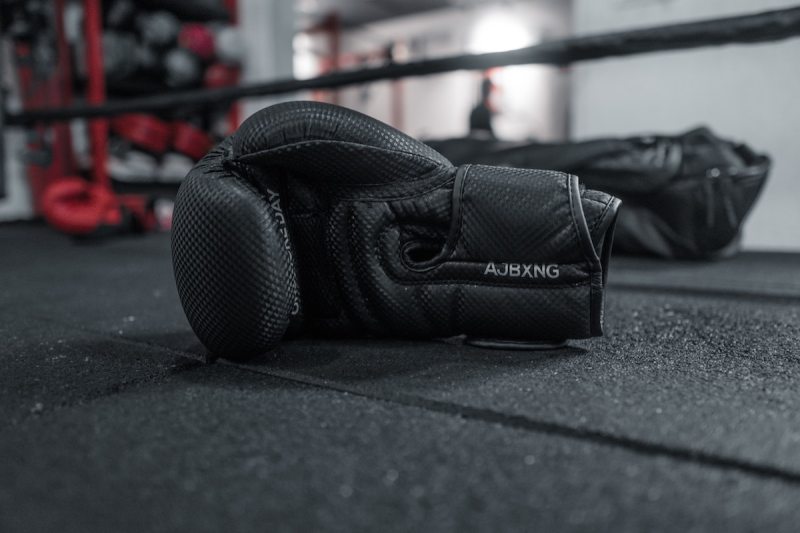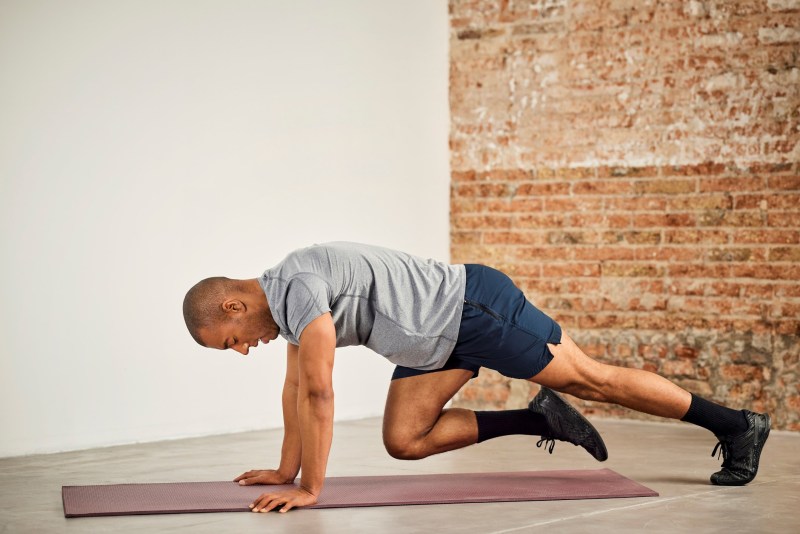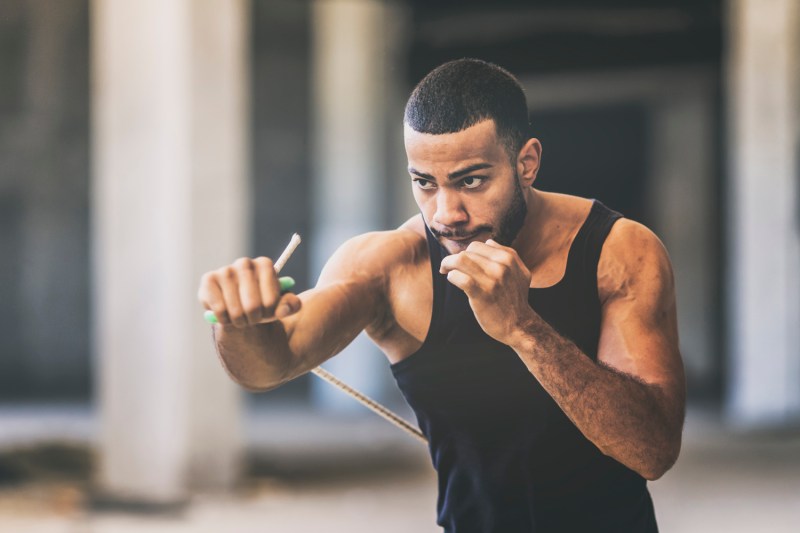
Professional boxers are some of the fittest athletes in the world, but you don’t have to get in the ring to get in shape! Luckily, anyone can do heavy bag workouts, speed bag drills, and shadowboxing to get in amazing shape. Being consistent with a boxing workout schedule could potentially get you in the best shape of your life!
The best workouts for boxers, aside from boxing-specific drills, include exercises that improve your strength, agility, speed, endurance, and power. Boxing requires cardiovascular endurance and metabolic conditioning because it’s a high-intensity, anaerobic sport with aerobic demands as well, which is why cardio and conditioning exercises are an important component of boxing workouts. Moreover, while many people tend to think of boxing as solely an upper-body activity, the true power of a punch comes from your hips, core, and lower body, making boxing a total-body sport.
As such, strength training for boxing will require exercises that target all the major muscles in the body and that train your neuromuscular system to coordinate movements and muscle contractions to deliver more force and power. We know you probably love a good session on the heavy bag, but keep reading as we show you how to get in shape for boxing with the best strengthening and conditioning workouts to take your skills to the next level and help you harness your inner Muhammad Ali.

Best conditioning exercises for boxers
Boxing requires speed, agility, strength, power, and cardiovascular fitness. The focus of strength training workouts is usually on improving coordination, power, and speed of force development rather than on building muscle mass and gaining size. After all, boxers tend to try to remain as lean as possible without sacrificing strength in order to be quick and light on their feet. For this reason, conditioning exercises are a crucial component of boxing workouts, and strengthening exercises focus on improving power and neuromuscular recruitment so that punches and movements are more efficient and forceful without needing to add more muscle fibers.
In other words, if you can train your body to use the muscles you have more effectively, you’ll be stronger and perform better. Spending time in the gym or doing resistance training exercises at home helps develop the neuromuscular communication and movement patterns you’ll rely on in the ring or in front of your favorite punching bag. Below, we share the best conditioning exercises for boxers!
Jumping rope
A jump rope is the go-to conditioning tool for most successful boxers. Jumping rope, which is a form of plyometric exercise, not only conditions your heart and lungs and burns calories but also can be seen as an effective way to do footwork that trains you to develop rhythm and be light on your feet, which are major factors in boxing.

Running
Typically referred to as “roadwork” in the boxing sphere, running is one of the fundamental cornerstones of every good boxer’s workout regimen. Putting in miles, whether truly on the road or on a trail, track, treadmill, or otherwise, builds the aerobic base fitness boxers need to support their workouts and competitions.
HIIT
High-intensity interval training (HIIT) is an excellent metabolic and cardiovascular conditioning tool for boxers. Much like HIIT, boxing involves bouts of near-maximum effort interspersed with relative lulls to recover. Thus, the intensity of HIIT mimics the demands of boxing and trains your body to push and perform at a high level, even when you’re tired. HIIT workouts for boxers can involve any type of exercise, from running to cycling, calisthenics to rowing, because the benefits mainly come from the metabolic conditioning stimulus.
Burpees
Like jumping rope, burpees are a plyometric exercise. They help develop explosive power while simultaneously strengthening nearly every major muscle in your body. Additionally, you’ll also get a mighty cardio workout if you keep at it, making them a boxer’s best friend.

Mountain climbers
Mountain climbers will strengthen your core and shoulders while training your neuromuscular system to move quickly. Your focus should be on moving as fast as possible while maintaining good form.
Agility ladders
Agility ladders can be used for drills that improve your agility and speed, helping you become lighter on your feet and more precise with your movements.
Slide boards
Interestingly, a lot of training that athletes do focuses on forward and back motions, but many sports, especially boxing, require tons of lateral movements. As a boxer, you need to be strong and agile in 360 degrees, so it’s critical that you train your hips, glutes, legs, and core with lateral exercises. Using a slide board can strengthen key muscles needed to drive power behind your punch, pivot, bob, and weave, and otherwise, be the most competitive boxer you can be.

Best strengthening exercises for boxers
Again, the focus on strengthening workouts for boxers should be on improving neuromuscular coordination and strength. Strength training can also help prevent injuries and correct muscle imbalances you may develop from hours spent pummeling the heavy bag.
The best strength training exercises for boxers include the following:
- Squats
- Lunges/walking lunges
- Deadlifts
- Pushups
- Pull-ups
- Weighted punches
- Turkish get-ups
- Hanging knee raises
- Landmine punches
- Medicine ball slams
- Medicine ball chops

Learn the basics by shadowboxing
In addition to being a great way to get your frustrations out and relieve stress, shadowboxing is a good workout that also helps you learn the basics of boxing. Shadowboxing helps build core strength, and it also combines footwork for a lower-body workout that will strengthen those muscles.
Shadowboxing is just like it sounds — you throw punches and move like a fighter against a nonexistent opponent (it looks like you’re boxing your shadow, hence the name). It can be helpful to use a mirror when shadowboxing, so you can see what your technique looks like and make adjustments as necessary. It’s a simple exercise. Get into a boxer’s stance and do the following:
- Jabs (quick, straight punches)
- Crosses (your hands cross in front of your body)
- Hooks (the punch comes in from the outside)
- Uppercuts (the punch is thrown in an upward motion)
You may never be the heavyweight champion of the world, but if you follow these boxing workout tips, you’ll have a killer workout and be in great shape.
Now let’s ring the bell!



